Geodetic measurements allow for obtaining direct and accurate estimates of deformation velocity in a geographical area. Together with other geological and seismological observations, geodetic measurements are of fundamental relevance for long-term studies of seismic hazard, as they offer the best constraints for quantitatively evaluating the deformation accrual. The GPS (Global Positioning System) technology integrated with InSAR (Interferometric Synthetic Aperture Radar) technology provides the necessary accuracy to continuously monitor the deformation in tectonically active zones. Indeed, by using differential GPS measurements, it is possible to detect local displacements (in 3-D) of the order of millimeters, while InSAR measurements, although capable of resolving displacements similar to GPS, allow for resolution only along the direction determined by the radar orientation. There is an evident complementarity between the two techniques, making it possible today to monitor the crustal deformation of a seismic zone with unprecedented spatial resolutions.

These methods are highly complementary to measure ground deformation and can be combined to augment the available data. This allows also for carrying out an effective monitoring of storage sites. Highly accurate InSAR and GNSS data are used to analyze surface deformation associated with the natural gas injection into a geological reservoir. The combined use of these two methods has been shown to give better results at shallow reservoir depths, where the deformation response is faster.
For info:
Priolo, E., Zinno, I., Guidarelli, M., Romanelli, M., Lanari, R., Sandron, D., Garbin, M., Peruzza, L., Romano, M.A., Zuliani, D., Tunini, L., Magrin, A. (2024). The birth of an underground gas storage in a depleted gas reservoir— Results from integrated seismic and ground deformation monitoring. Earth and Space Science, 11, e2023EA003275. https://doi.org/10.1029/2023EA003275
Areggi G., Pezzo G., Merryman Boncori J.P., Anderlini L., Rossi G., Serpelloni E., Zuliani D., Bonini L. (2023). Present-Day Surface Deformation in North-East Italy Using InSAR and GNSS Data. Remote Sensing, 15, 1704. doi:10.3390/rs15061704
Bernardi M. S., Africa P. C., de Falco C., Formaggia L., Menafoglio A., and Vantini S. (2021). On the use of interferometric synthetic aperture radar data for monitoring and forecasting natural hazards. Mathematical Geosciences, 53(8), 1781-1812.


